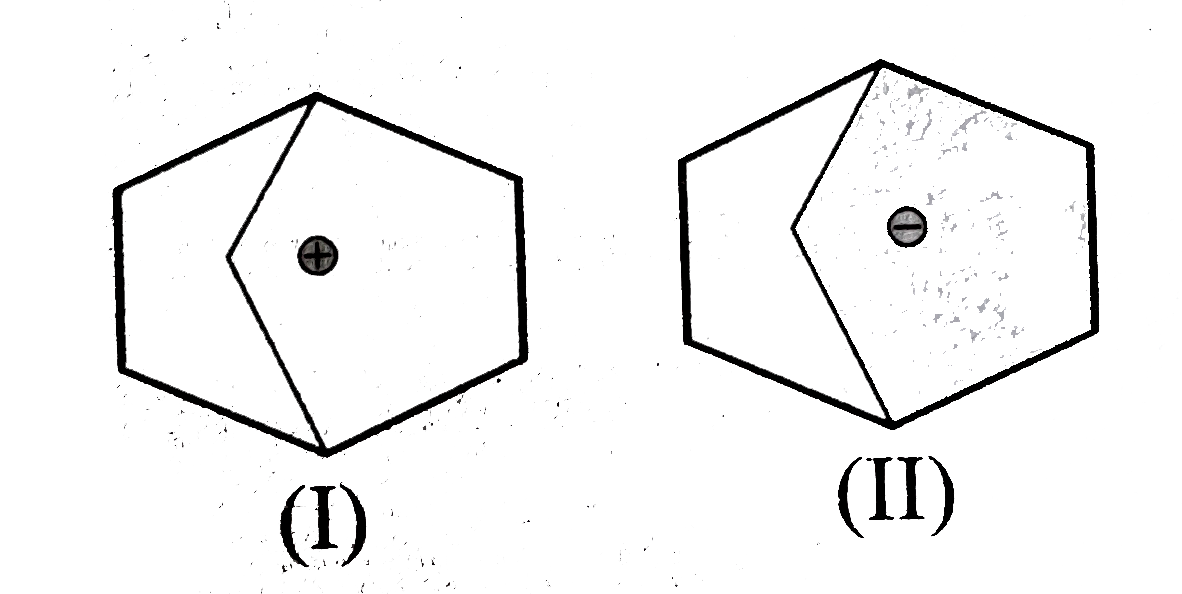Explain why (CH3)3+Cis more stable than CH3+CH2 and CH3 is the least stable cation
To explain why (CH₃)₃C⁺ (tertiary carbocation) is more stable than CH₃CH₂⁺ (secondary carbocation), and why CH₃⁺ (primary carbocation) is the least stable, we can break down the reasoning into several steps:
Step-by-Step Explanation:
1. Understanding Carbocation Stability:
- Carbocations are positively charged species that are electron-deficient. Their stability is influenced by the ability of surrounding groups to donate electron density to the positively charged carbon atom.
2. Types of Carbocations:
- There are three types of carbocations based on the number of alkyl groups attached to the positively charged carbon:
- Primary (1°): One alkyl group attached (e.g., CH₃⁺)
- Secondary (2°): Two alkyl groups attached (e.g., CH₃CH₂⁺)
- Tertiary (3°): Three alkyl groups attached (e.g., (CH₃)₃C⁺)
3. Inductive Effect:
- Alkyl groups are electron-donating through the +I (inductive) effect. The more alkyl groups attached to the positively charged carbon, the more electron density is pushed towards it, stabilizing the positive charge.
- In (CH₃)₃C⁺, there are three methyl groups providing electron density.
- In CH₃CH₂⁺, there are only two groups providing some stabilization.
- In CH₃⁺, there are no alkyl groups to provide stabilization, making it the least stable.
4. Hyperconjugation:
- Hyperconjugation is another stabilizing factor for carbocations. It involves the interaction of the empty p-orbital of the carbocation with adjacent C-H sigma bonds.
- In (CH₃)₃C⁺, there are nine hydrogen atoms (from the three methyl groups) that can participate in hyperconjugation, significantly stabilizing the carbocation.
- In CH₃CH₂⁺, there are only three hydrogens available for hyperconjugation.
- In CH₃⁺, there are no adjacent hydrogens available for hyperconjugation, leading to minimal stabilization.
5. Conclusion:
- The combination of the inductive effect and hyperconjugation explains why (CH₃)₃C⁺ is more stable than CH₃CH₂⁺, and why CH₃⁺ is the least stable. The tertiary carbocation benefits from both the maximum number of electron-donating groups and the greatest number of hyperconjugative interactions.
- Carbocations are positively charged species that are electron-deficient. Their stability is influenced by the ability of surrounding groups to donate electron density to the positively charged carbon atom.
- There are three types of carbocations based on the number of alkyl groups attached to the positively charged carbon:
- Primary (1°): One alkyl group attached (e.g., CH₃⁺)
- Secondary (2°): Two alkyl groups attached (e.g., CH₃CH₂⁺)
- Tertiary (3°): Three alkyl groups attached (e.g., (CH₃)₃C⁺)
- Alkyl groups are electron-donating through the +I (inductive) effect. The more alkyl groups attached to the positively charged carbon, the more electron density is pushed towards it, stabilizing the positive charge.
- In (CH₃)₃C⁺, there are three methyl groups providing electron density.
- In CH₃CH₂⁺, there are only two groups providing some stabilization.
- In CH₃⁺, there are no alkyl groups to provide stabilization, making it the least stable.
- Hyperconjugation is another stabilizing factor for carbocations. It involves the interaction of the empty p-orbital of the carbocation with adjacent C-H sigma bonds.
- In (CH₃)₃C⁺, there are nine hydrogen atoms (from the three methyl groups) that can participate in hyperconjugation, significantly stabilizing the carbocation.
- In CH₃CH₂⁺, there are only three hydrogens available for hyperconjugation.
- In CH₃⁺, there are no adjacent hydrogens available for hyperconjugation, leading to minimal stabilization.
- The combination of the inductive effect and hyperconjugation explains why (CH₃)₃C⁺ is more stable than CH₃CH₂⁺, and why CH₃⁺ is the least stable. The tertiary carbocation benefits from both the maximum number of electron-donating groups and the greatest number of hyperconjugative interactions.
Topper's Solved these Questions
- ORGANIC CHEMISTRY- SOME BASIC PRINCIPLES AND TECHNIQUESBOOK - NCERT ENGLISHCHAPTER - ORGANIC CHEMISTRY- SOME BASIC PRINCIPLES AND TECHNIQUESEXERCISE - EXERCISE
40 Videos
- HYDROGENBOOK - NCERT ENGLISHCHAPTER - HYDROGENEXERCISE - EXERCISE
36 Videos
- REDOX REACTIONSBOOK - NCERT ENGLISHCHAPTER - REDOX REACTIONSEXERCISE - EXERCISE
30 Videos
Similar Questions
Knowledge Check
The carbocation CH3+CHCH3 is less stable than
ACH3CH2+CH2B+CH2C(CH3)3+CDCH3+CH2The species CH3+CHCH3 is less stable than :
A(CH3)3C+BCH3CH2+CH2CCH3+CH2DCH+3
Explain the
⋅CH3 is more reactive than CH3CH2 free radical.
View SolutionCH3−OH∣CH−O∣∣C−CH2−CH3 will respond to
View SolutionCH3−O∣∣C−CH3SeO2−−→A,A is :
View SolutionStatement-1: CH3CH2⊕CH2 is less stable than CH3−N∣H−⊕CH2
and
Statement-2: Carbocation with adjacent hetero-atom like N O are less stable .
View SolutionExplain the following :
(a) Why MeNH⊕CH2 (I) is more stable more than MeCH2⊕CH2 (II) when both are 1∘ carbocations ?
(b) Which of the following intermediate is unstable ?

( c) Why allylic free radical (CH2−CH=CH2)(I) is more stable than propy1 free radical (.CH2−CH2−CH3)(II), when both are 1∘ free radicals ?
View SolutionMonomer of ⎡⎢ ⎢⎣−CH3∣C∣CH3−CH2−⎤⎥ ⎥⎦nis
View Solution
